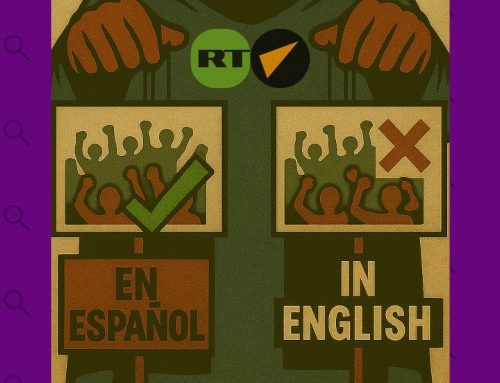The Biden administration will need to get both its words and actions right to rebuild trust in the USA in Southeast Asia.
What awaits the Biden administration in Southeast Asia? Although the Trump administration trumpeted its efforts in Vietnam, the Indo-Pacific strategy has often appeared to focus on the Indian and Pacific rims at the expense of the Southeast Asians who live between these oceans. Elsewhere in Asia, quadrilateral cooperation with Japan, Australia, and India has progressed alongside initiatives to more deeply engage the Pacific islands. But this has left a hole in the middle of America’s regional approach. To accomplish their objectives in Asia, leaders in Washington will have to fill in the Southeast Asian portion of America’s Indo-Pacific strategy.
Politically, U.S. commitment to Southeast Asia remains unclear. President Donald Trump chose not to attend key regional meetings, leaving representation to Vice President Mike Pence, Secretary of State Mike Pompeo, Secretary of Commerce Wilbur Ross, and more recently National Security Advisor Robert O’Brien. Not surprisingly, this did not reassure Southeast Asian observers that the United States was deeply committed to the region. Worse still, President Trump did not appoint a permanent ambassador to the Association of Southeast Asian Nations (ASEAN) and was slow to send ambassadors to several member states. As a result, ISEAS polling shows that only 25 per cent of Southeast Asians believe that the United States is the region’s top political and strategic power.




